iOS HTTP Basic Authentication and RestKit
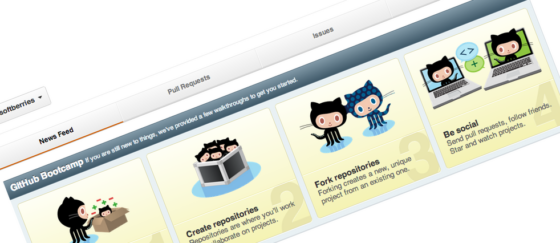
Today morning I was looking for some solution to use authentication with my REST calls to GeoCouch database. I set up the security on the server side but couldn’t get it to work really on the iOS. No joy on stackoverflow.com either :). Was lucky enough to google up a very small solution project created […]
Read More →Parsing JSON with Objective-C and RestKit
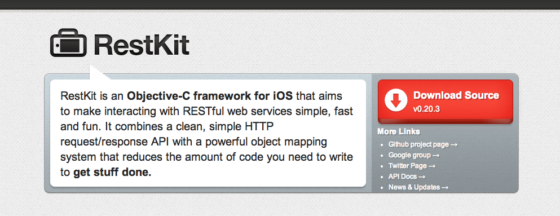
Another problem I have found while developing my pet-project application called ‘BeaconHarvester‘ was to integrate it with the external web service somewhere to allow people exchange information about iBeacons found, this functionality is on its way but for now I would like to share a few bits on how to parse quite complex JSON data […]
Read More →How to get geographic coordinates of the visible MKMapView area in iOS
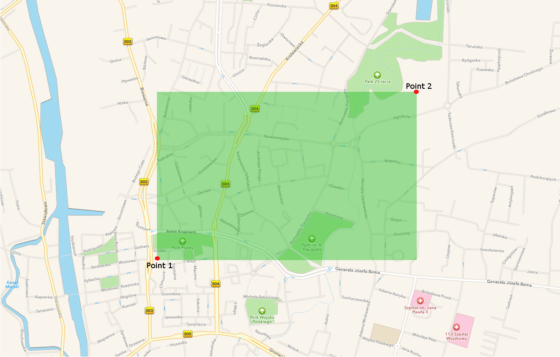
Recently I become interested in a problem of managing a large number of annotations on a MKMapView in iOS application. The problem is twofold, first is about displaying a large number of annotations on the map view, second is managing the large number of annotations before displaying them. The commonly known solutions to the first […]
Read More →Easy ‘curling’ with Httpie
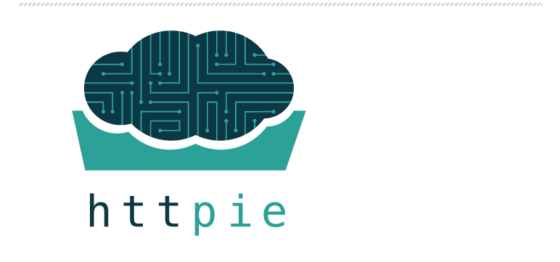
Sometimes there is a need to quickly test some web service if its responding correctly to the given data, that is especially true when using a new REST service you haven’t worked with before and just want to try it out. Using curl is not always as fun as it could be because of multiple […]
Read More →Introduction to Objective-C for Programmers, part V
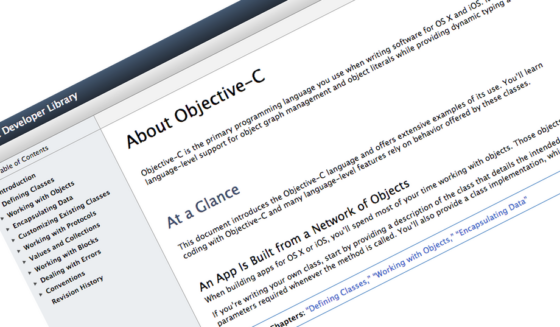
Introduction to Objective-C for Programmers contains the following parts already: Part I – literals Part II – class cluster pattern, categories, description method Part III – method swizzling Part IV – error model, delegates Part V – blocks This is the fifth part of the series, today I will describe what blocks are, how to […]
Read More →Introduction to Objective-C for Programmers, part IV

Introduction to Objective-C for Programmers contains the following parts already: Part I – literals Part II – class cluster pattern, categories, description method Part III – method swizzling Part IV – error model, delegates Part V – blocks This is the fourth post in the series ‘Introduction to Objective-C for Programmers’, today I will […]
Read More →Introduction to Objective-C for Programmers, part III

Introduction to Objective-C for Programmers contains the following parts already: Part I – literals Part II – class cluster pattern, categories, description method Part III – method swizzling Part IV – error model, delegates Part V – blocks This is the third part of the series ‘Introduction to Objective-C for Programmers’. This post will be […]
Read More →Introduction to Objective-C for Programmers, part II

Introduction to Objective-C for Programmers contains the following parts already: Part I – literals Part II – class cluster pattern, categories, description method Part III – method swizzling Part IV – error model, delegates Part V – blocks This is a continuation on the series ‘Introduction to Objective-C for Programmers’, in this part I’m […]
Read More →Introduction to Objective-C for Programmers, part I

Introduction to Objective-C for Programmers contains the following parts already: Part I – literals Part II – class cluster pattern, categories, description method Part III – method swizzling Part IV – error model, delegates Part V – blocks If you are interested in iOS development and you still angry that you cannot grasp Objective-C […]
Read More →BeaconHarvester – my first iOS application on the iTunes Store
A few weeks ago I have decided to learn some Objective-C and the reason for that was mainly to be able to play around the iBeacon technology. At the company I work for (Softwaremill) we organised a hackathon day where we tried to build a sort of game using the ibeacon technology both for iPhone […]
Read More →